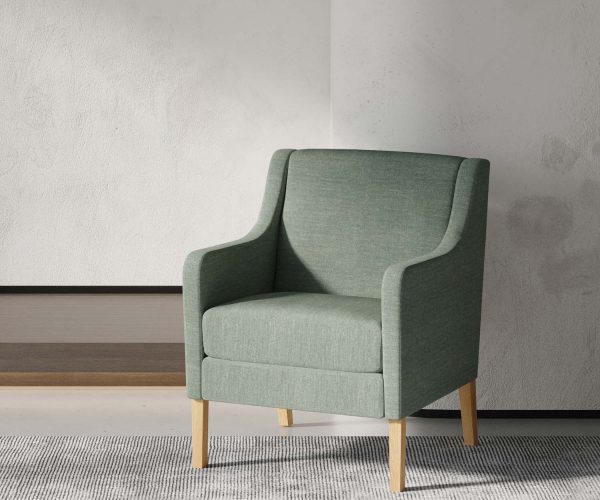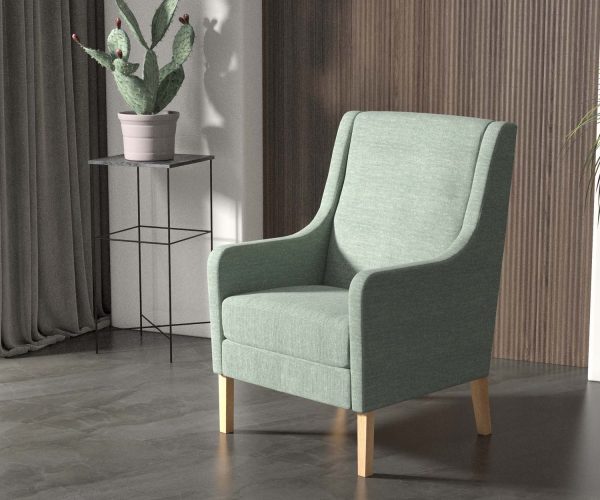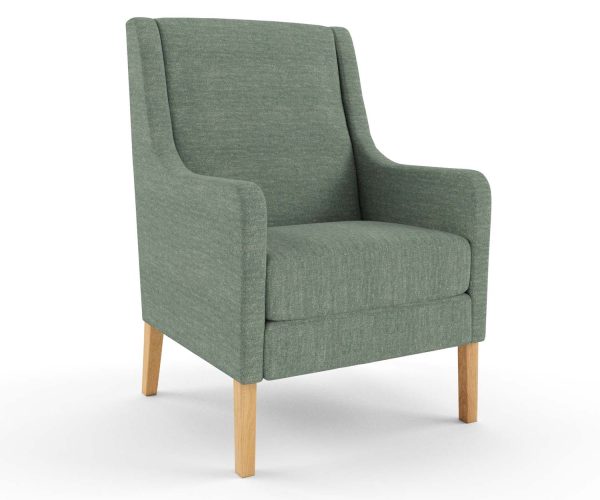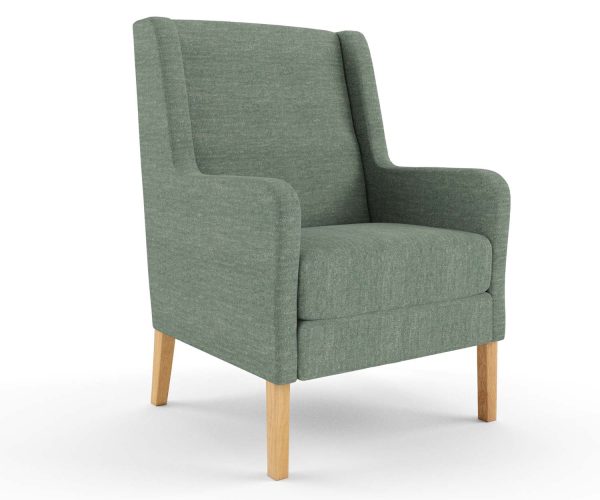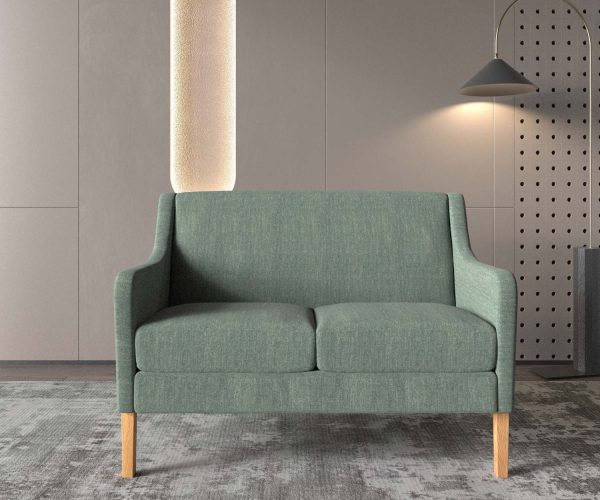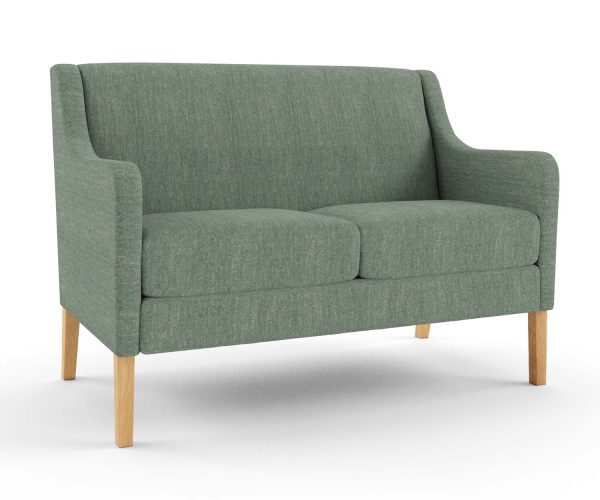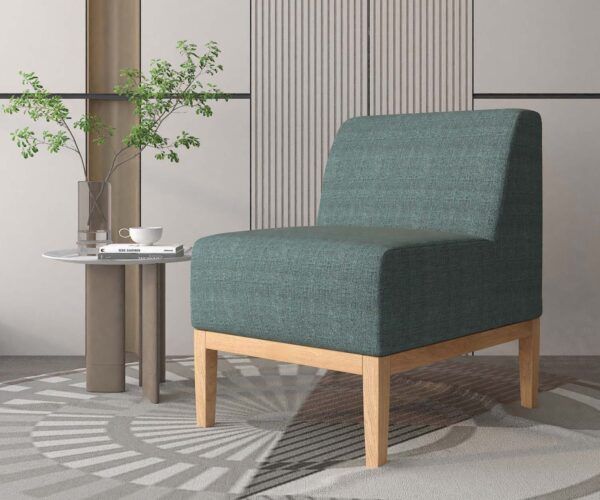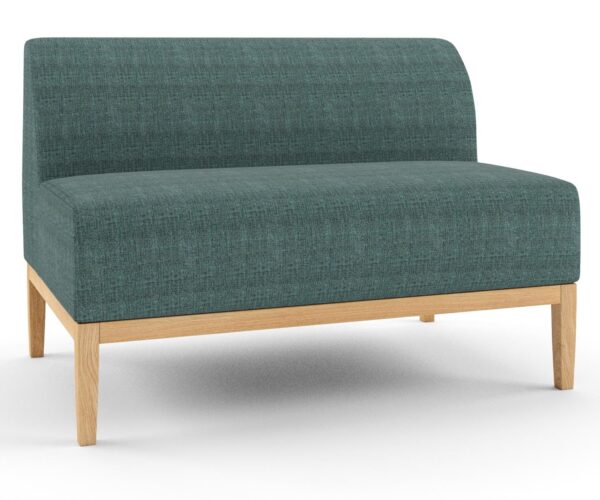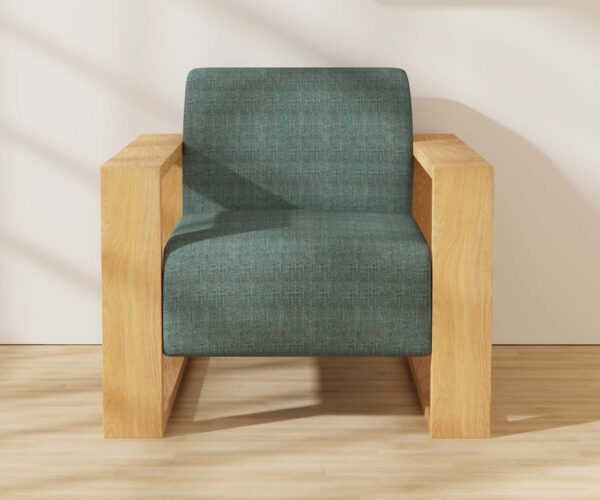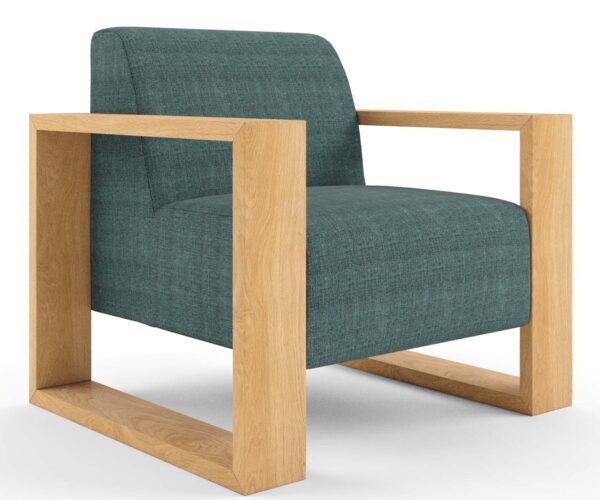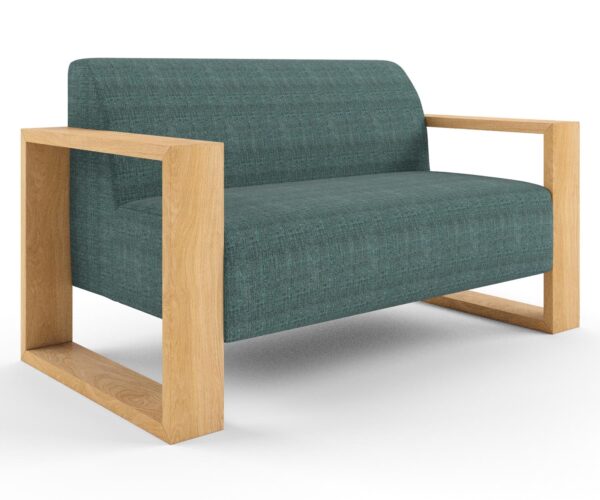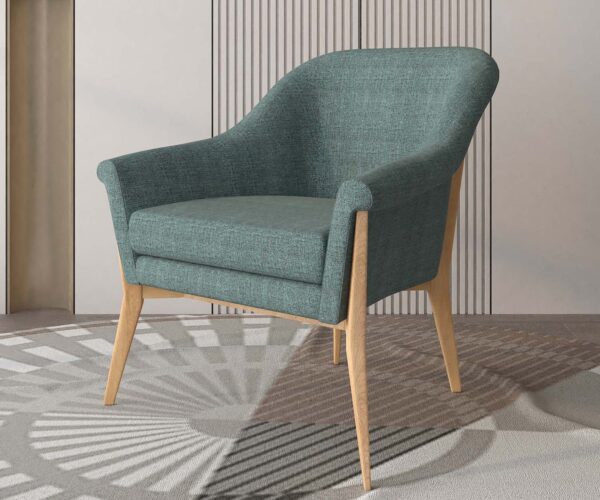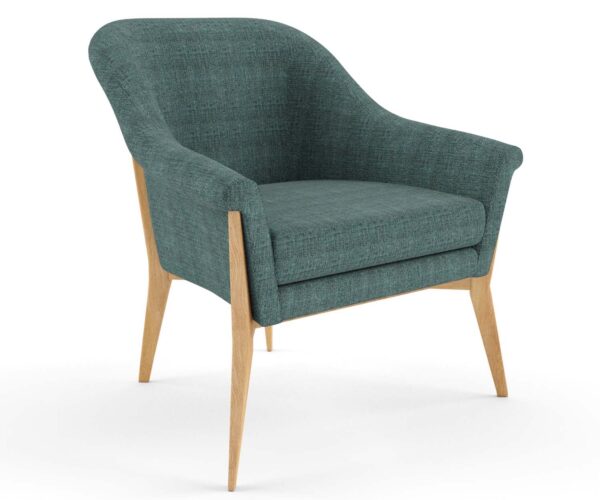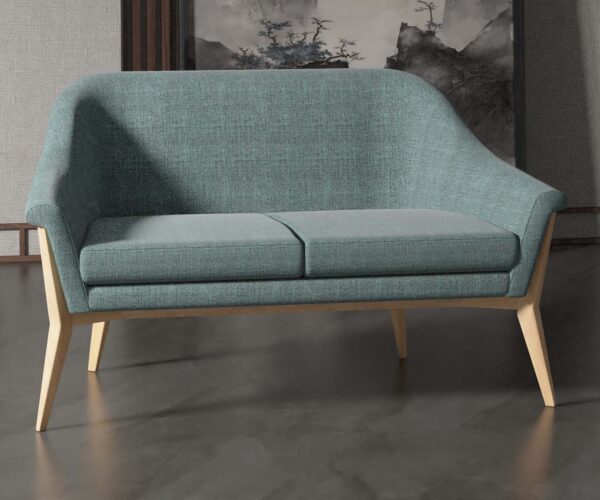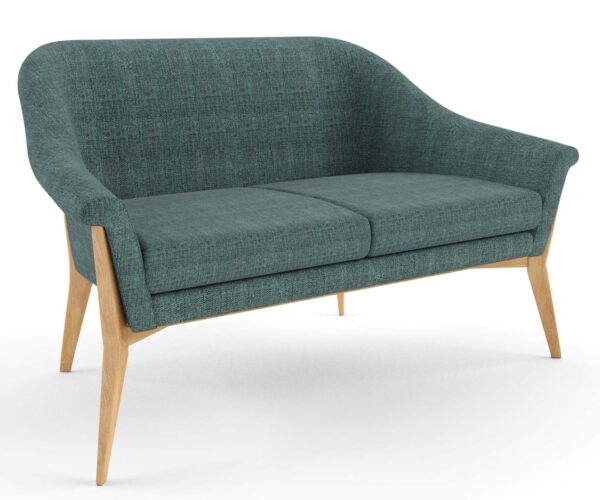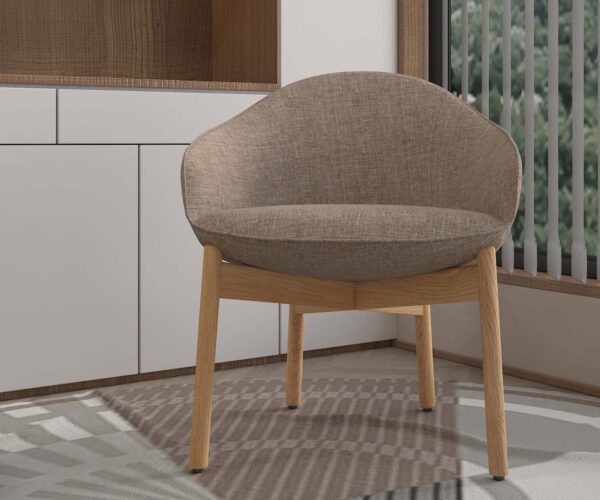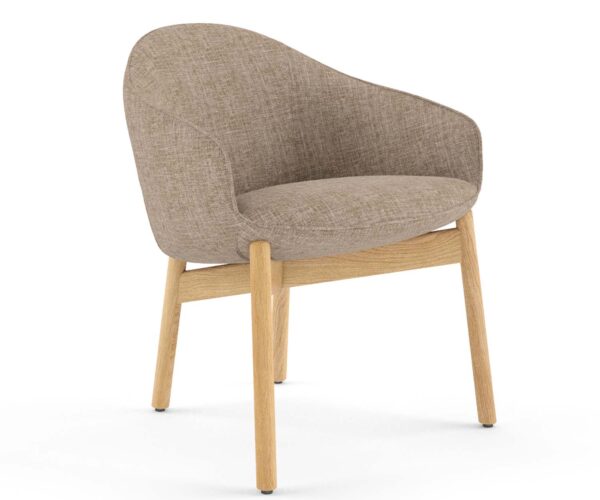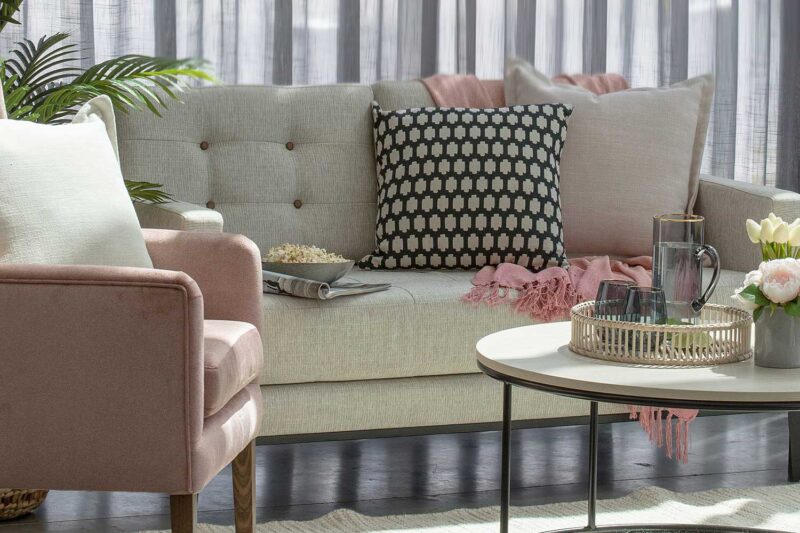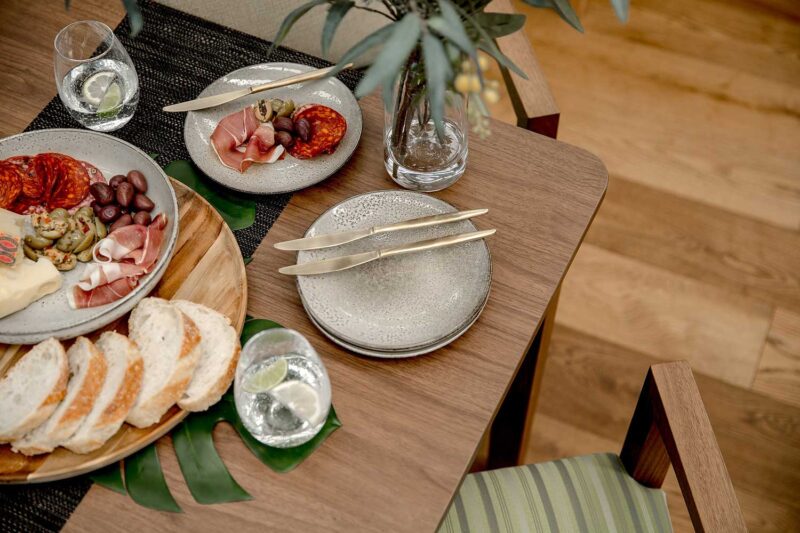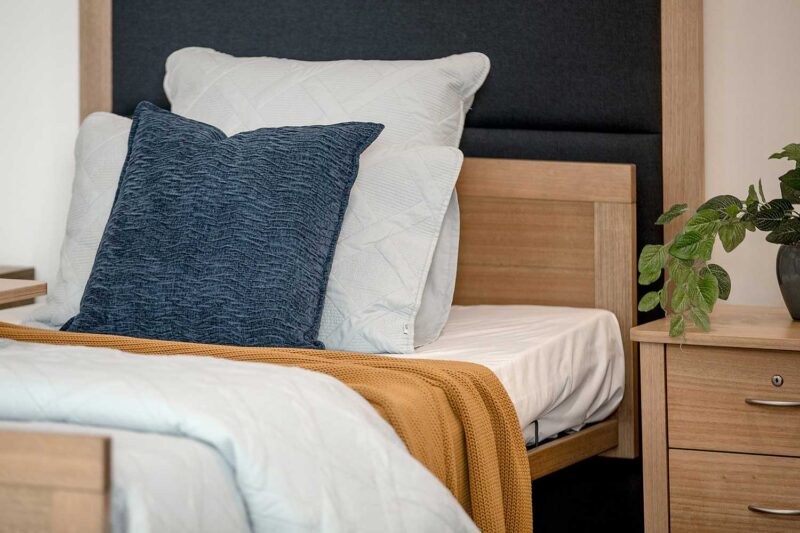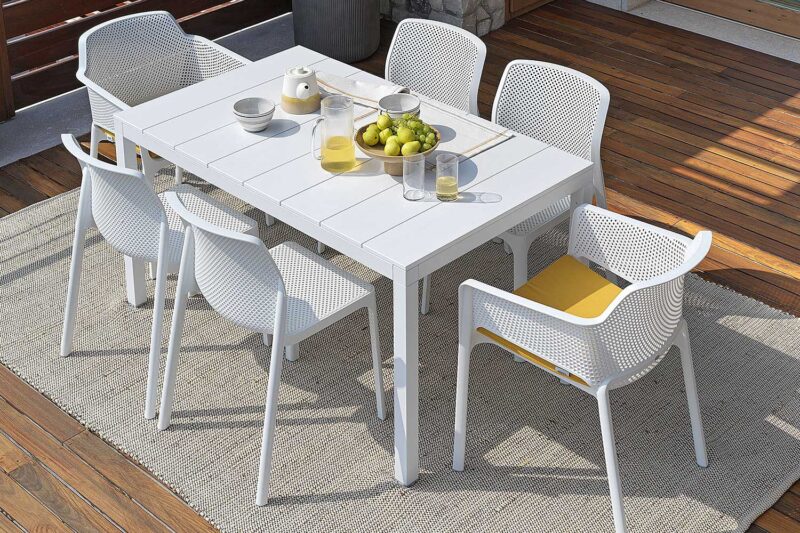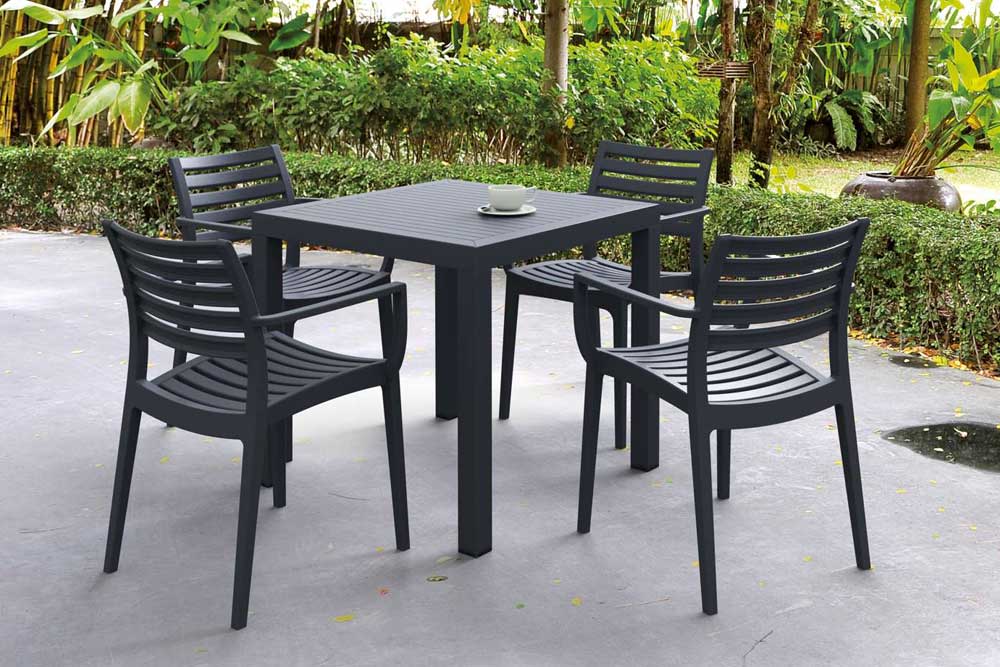Overcoming the Cold, Clinical Feel: 7 Practical Design Strategies to Make Aged Care Warm and Inviting
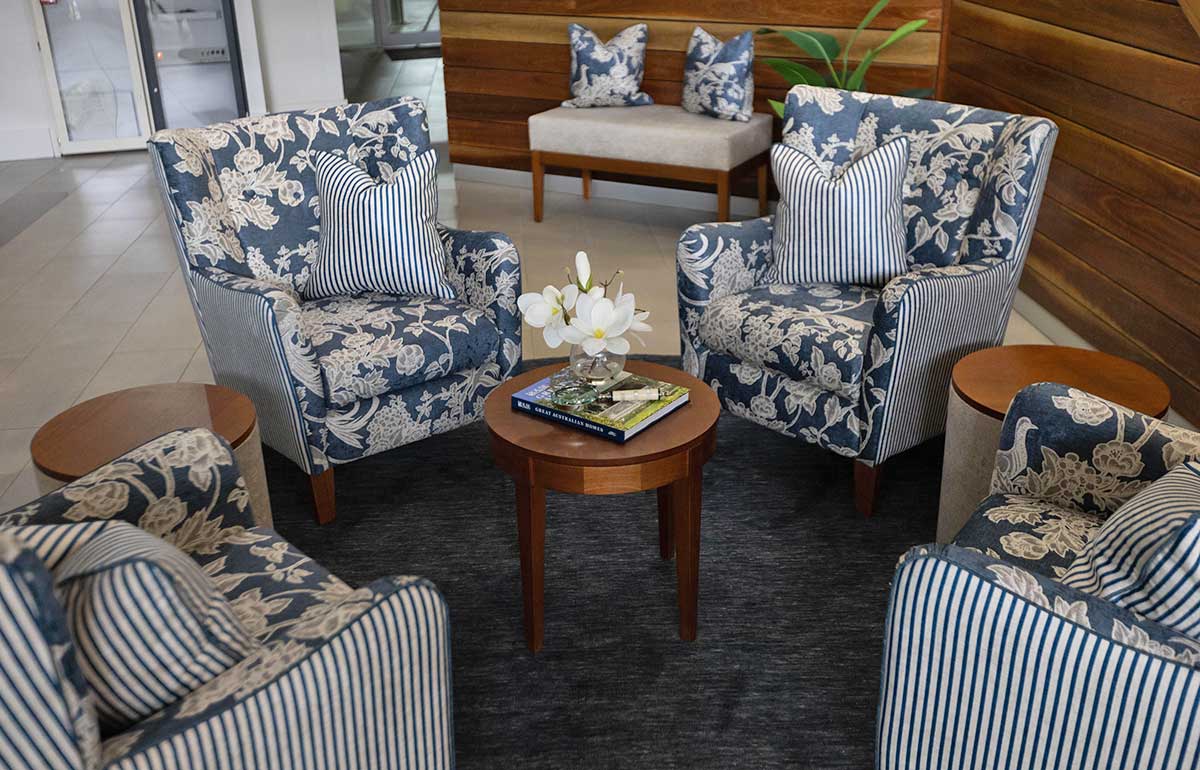
“The home should be a treasure chest of living.” – Architect, Le Corbusier
Creating a warm and inviting atmosphere in aged care facilities is essential for enhancing the well-being and comfort of residents. Focusing on design and custom furniture can significantly impact the quality of life for residents.
Here are seven design strategies to help you transform your facility into a more homely and welcoming environment.
1. Incorporate Warm Colour Palettes
Choosing the right colours can make a significant difference in creating a warm and inviting atmosphere.
Opt for warm, soft tones such as earthy browns, soft yellows, and gentle greens. These colours can evoke feelings of comfort and relaxation.
Avoid harsh, clinical whites and instead use neutral tones complemented by colourful accents to add vibrancy without overwhelming the senses.
Tips:
- Use accent walls and decorative elements like cushions and artwork to introduce pops of colour in communal areas and resident rooms.
- Implement a consistent colour scheme throughout the facility to create a cohesive and calming environment.
- Incorporate nature-inspired colours, such as soft greens and blues, to evoke a sense of tranquillity.
2. Use Comfortable and Home-like Furniture
Furniture plays a crucial role in making spaces feel like home. Select pieces that are not only functional but also comfortable and aesthetically pleasing. Avoid institutional-looking furniture and instead opt for designs that you might find in a cosy home. Consider upholstered armchairs, wooden dining tables, and soft, inviting sofas.
Tips:
- Custom furniture can be tailored to meet both the functional needs and personal tastes of residents, making them feel more at home. Choose local custom furniture makers who can visit your facility and provide guidance on the best use of space for furniture placement and design.
- Choose furniture with soft, durable fabrics that are easy to clean and maintain.
- Arrange furniture in a way that promotes social interaction and easy navigation for residents.
3. Create Personalised Spaces
Personalisation is key to making residents feel at home. Allow residents to bring personal items such as photographs, artwork, and small pieces of furniture. Encourage them to decorate their living spaces to reflect their personalities and preferences. Personal touches can make a significant difference in how residents perceive their environment.
Tips:
- Provide display areas like shelves, coffee and side tables in residents’ rooms for personal items and mementos.
- Offer a variety of decor options that residents can choose from to personalise their spaces.
- Create themed areas within the facility that reflect the interests and hobbies of the residents.
4. Incorporate Nature and Natural Elements
Bringing elements of nature indoors, through Biophilic Design, can greatly enhance the warmth and appeal of an aged care facility. Incorporate plants, flowers, and natural materials like wood and stone in your design. Large windows that allow natural light to flood in can also make spaces feel more open and inviting.
Tips:
- Create indoor gardens or place potted plants in communal areas to add a touch of nature and improve air quality.
- Use natural materials like wood and stone in furniture and decor to create a warm, earthy feel.
- Ensure that windows are clean and unobstructed to allow maximum natural light into the facility.
5. Design Communal Areas for Social Interaction
Communal areas should be designed to encourage social interaction and create a sense of community. Arrange furniture in small clusters to facilitate conversation and social engagement. Incorporate a variety of seating options to cater to different needs and preferences.
Tips:
- Consider creating themed communal spaces, such as a cosy reading nook, a games area, or a café-style dining room to provide diverse socialising opportunities.
- Use round tables in dining areas to encourage conversation among residents.
- Incorporate comfortable seating with armrests to support residents with mobility issues.
6. Enhance Sensory Experiences
Engaging the senses can make an environment feel more comforting and familiar. Use soft lighting to create a warm ambience and consider adjustable lighting options to suit different times of day and activities. Incorporate pleasant scents through flowers, essential oil diffusers, or scented candles (if safe to use). Soft background music can also create a soothing atmosphere.
Tips:
- Use dimmable lights and lamps to create a cosy atmosphere in the evenings.
- Introduce soothing sounds, such as nature soundtracks or gentle music, in communal areas.
- Use textured fabrics and materials in furniture and decor to add tactile comfort.
7. Focus on Functional Design
While aesthetics are important, functionality should not be compromised. Ensure that furniture is fit-for-purpose and decor choices cater to the specific needs of aged care residents. This includes selecting furniture that is easy to get in and out of, have appropriate seat heights, providing adequate support, and arranging spaces to allow for easy navigation.
Tips:
- Involve occupational therapists in the design process to ensure that all aspects of the environment are accessible and safe for residents.
- Choose furniture with adjustable heights to accommodate residents with different needs.
- Ensure that pathways are clear and wide enough for wheelchairs and walkers, with non-slip flooring to prevent falls.
Creating a warm and inviting atmosphere in aged care facilities requires a thoughtful blend of design, comfort, and personalisation. By incorporating warm colour palettes, comfortable furniture, personalised spaces, natural elements, well-designed communal areas, enhanced sensory experiences, and functional design, you can significantly improve the living environment for your residents. These strategies not only promote a sense of home but also enhance the overall well-being and satisfaction of those in your care.
By focusing on these design principles, aged care facility managers can create environments that not only meet the practical needs of residents but also provide a nurturing and homely atmosphere where residents feel valued and comfortable.
Australian Made Aged Care Furniture: Perfect for creating a cosy, home-like feel in resident rooms and communal areas
More News
Overcoming the Cold, Clinical Feel: 7 Practical Design Strategies to Make Aged Care Warm and Inviting

“The home should be a treasure chest of living.” – Architect, Le Corbusier
Creating a warm and inviting atmosphere in aged care facilities is essential for enhancing the well-being and comfort of residents. Focusing on design and custom furniture can significantly impact the quality of life for residents.
Here are seven design strategies to help you transform your facility into a more homely and welcoming environment.
1. Incorporate Warm Colour Palettes
Choosing the right colours can make a significant difference in creating a warm and inviting atmosphere.
Opt for warm, soft tones such as earthy browns, soft yellows, and gentle greens. These colours can evoke feelings of comfort and relaxation.
Avoid harsh, clinical whites and instead use neutral tones complemented by colourful accents to add vibrancy without overwhelming the senses.
Tips:
- Use accent walls and decorative elements like cushions and artwork to introduce pops of colour in communal areas and resident rooms.
- Implement a consistent colour scheme throughout the facility to create a cohesive and calming environment.
- Incorporate nature-inspired colours, such as soft greens and blues, to evoke a sense of tranquillity.
2. Use Comfortable and Home-like Furniture
Furniture plays a crucial role in making spaces feel like home. Select pieces that are not only functional but also comfortable and aesthetically pleasing. Avoid institutional-looking furniture and instead opt for designs that you might find in a cosy home. Consider upholstered armchairs, wooden dining tables, and soft, inviting sofas.
Tips:
- Custom furniture can be tailored to meet both the functional needs and personal tastes of residents, making them feel more at home. Choose local custom furniture makers who can visit your facility and provide guidance on the best use of space for furniture placement and design.
- Choose furniture with soft, durable fabrics that are easy to clean and maintain.
- Arrange furniture in a way that promotes social interaction and easy navigation for residents.
3. Create Personalised Spaces
Personalisation is key to making residents feel at home. Allow residents to bring personal items such as photographs, artwork, and small pieces of furniture. Encourage them to decorate their living spaces to reflect their personalities and preferences. Personal touches can make a significant difference in how residents perceive their environment.
Tips:
- Provide display areas like shelves, coffee and side tables in residents’ rooms for personal items and mementos.
- Offer a variety of decor options that residents can choose from to personalise their spaces.
- Create themed areas within the facility that reflect the interests and hobbies of the residents.
4. Incorporate Nature and Natural Elements
Bringing elements of nature indoors, through Biophilic Design, can greatly enhance the warmth and appeal of an aged care facility. Incorporate plants, flowers, and natural materials like wood and stone in your design. Large windows that allow natural light to flood in can also make spaces feel more open and inviting.
Tips:
- Create indoor gardens or place potted plants in communal areas to add a touch of nature and improve air quality.
- Use natural materials like wood and stone in furniture and decor to create a warm, earthy feel.
- Ensure that windows are clean and unobstructed to allow maximum natural light into the facility.
5. Design Communal Areas for Social Interaction
Communal areas should be designed to encourage social interaction and create a sense of community. Arrange furniture in small clusters to facilitate conversation and social engagement. Incorporate a variety of seating options to cater to different needs and preferences.
Tips:
- Consider creating themed communal spaces, such as a cosy reading nook, a games area, or a café-style dining room to provide diverse socialising opportunities.
- Use round tables in dining areas to encourage conversation among residents.
- Incorporate comfortable seating with armrests to support residents with mobility issues.
6. Enhance Sensory Experiences
Engaging the senses can make an environment feel more comforting and familiar. Use soft lighting to create a warm ambience and consider adjustable lighting options to suit different times of day and activities. Incorporate pleasant scents through flowers, essential oil diffusers, or scented candles (if safe to use). Soft background music can also create a soothing atmosphere.
Tips:
- Use dimmable lights and lamps to create a cosy atmosphere in the evenings.
- Introduce soothing sounds, such as nature soundtracks or gentle music, in communal areas.
- Use textured fabrics and materials in furniture and decor to add tactile comfort.
7. Focus on Functional Design
While aesthetics are important, functionality should not be compromised. Ensure that furniture is fit-for-purpose and decor choices cater to the specific needs of aged care residents. This includes selecting furniture that is easy to get in and out of, have appropriate seat heights, providing adequate support, and arranging spaces to allow for easy navigation.
Tips:
- Involve occupational therapists in the design process to ensure that all aspects of the environment are accessible and safe for residents.
- Choose furniture with adjustable heights to accommodate residents with different needs.
- Ensure that pathways are clear and wide enough for wheelchairs and walkers, with non-slip flooring to prevent falls.
Creating a warm and inviting atmosphere in aged care facilities requires a thoughtful blend of design, comfort, and personalisation. By incorporating warm colour palettes, comfortable furniture, personalised spaces, natural elements, well-designed communal areas, enhanced sensory experiences, and functional design, you can significantly improve the living environment for your residents. These strategies not only promote a sense of home but also enhance the overall well-being and satisfaction of those in your care.
By focusing on these design principles, aged care facility managers can create environments that not only meet the practical needs of residents but also provide a nurturing and homely atmosphere where residents feel valued and comfortable.
Australian Made Aged Care Furniture: Perfect for creating a cosy, home-like feel in resident rooms and communal areas
Discover the FHG Look Book: Your Source of Inspiration for Quality Australian-Made Commercial Furniture
- Quality Craftsmanship: See why we’ve been a trusted partner for over 25 years.
- Local Excellence: Learn how our Brisbane team ensures the highest standards.
- Inspiration and Ideas: Find innovative furniture solutions for any environment.
Don’t miss the opportunity to transform your commercial space with FHG’s expertly crafted furniture. Download the FHG Look Book today and start your journey towards exceptional design and quality.

